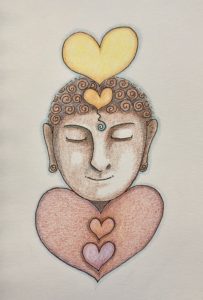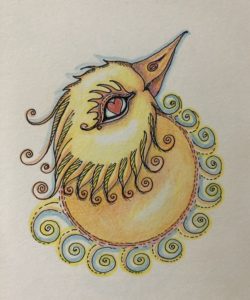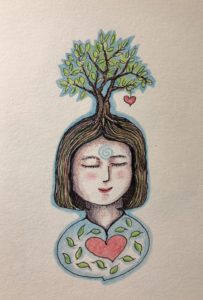
Once you have started upon a path of change and growth, remember each morning that it is a path of vitality, new life, and new circumstance that you seek. That it is a path of renewal, rejuvenation and connecting with your spirit so that your true self may finally fully live. Notice how the seasons show you the steady way to fulfillment, from the dead of winter to the fullness of summer’s bloom, and how change is continuous, for fall arrives annually to begin the cycle again. So is it with human beings as well, the cycle of opportunity and change is endless and thus always in the cards, and any day along the cyclical path is a good day to begin anew.
Sending you love,
The Soul Sisters, Jan & Jeanne




